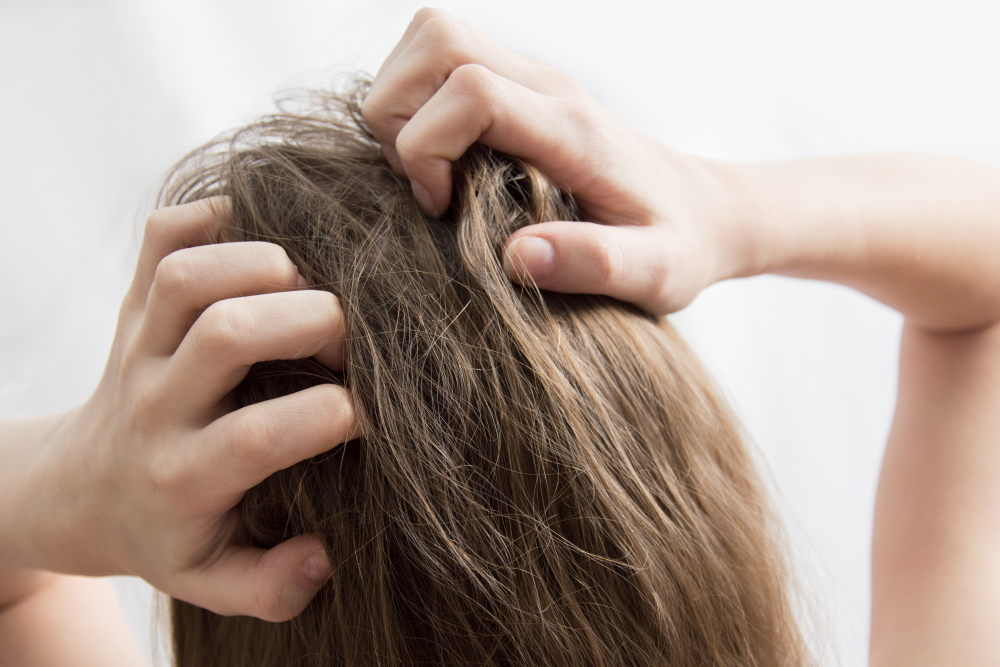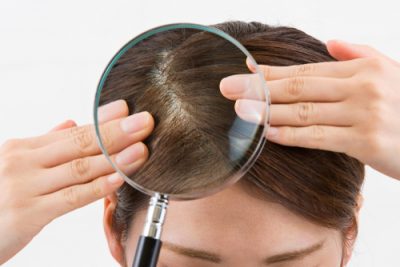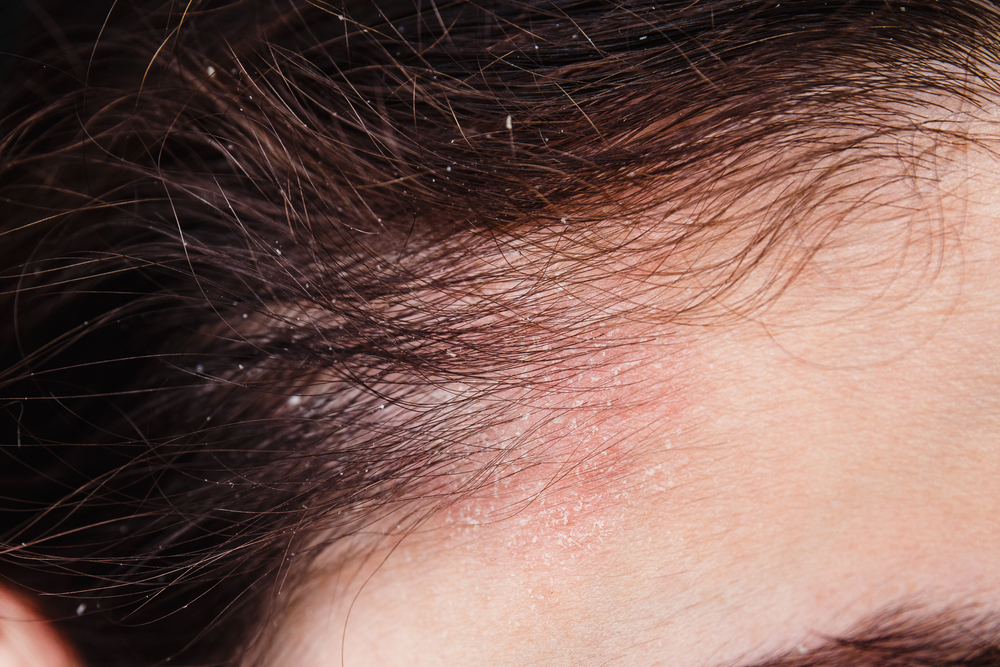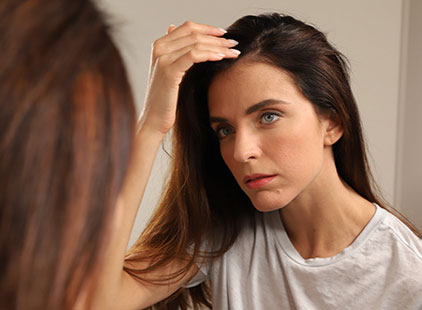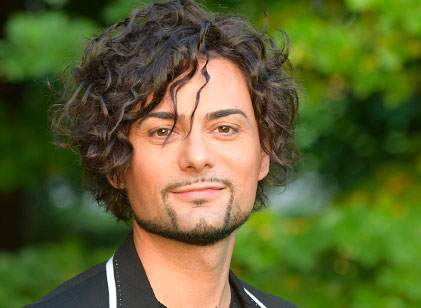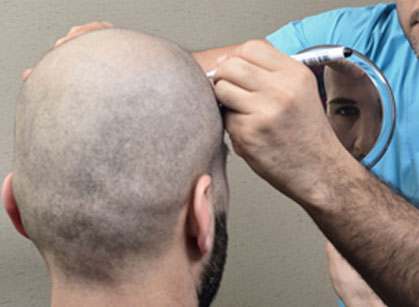Dandruff or pityriasis
Dandruff is a scalp condition that usually arises between the ages of 10 and 25. It may improve between the ages of 45 and 55 or may continue during old age.
Its cause is a result of an accelerated turnover of epidermal cells, which following an increase in migration speed, are unable to reach complete maturity before detaching. Whitish-yellow flakes (masses of corneum cells) form and detach, gathering in patches or often spreading evenly across the scalp.

 Italiano
Italiano  Português
Português  Français
Français  Español
Español 